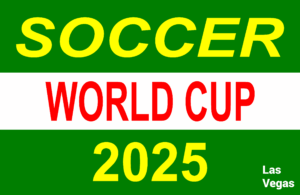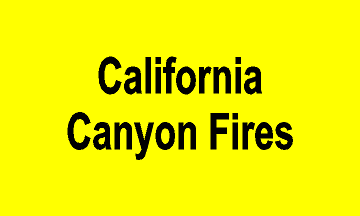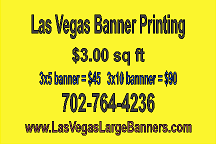Every four years, the FIFA World Cup transforms cities into soccer celebrations. One powerful tool behind this transformation? World Cup street banners. These vibrant signs drape from lamp posts, bridges, fences, and buildings. They bring a visual energy that unites fans from every nation.
Street banners create excitement before the first match begins. Cities like Doha, Rio, and Moscow used thousands of banners. These helped welcome millions of fans with a sense of purpose and pride. In Qatar 2022, officials installed over 21,000 street banners across eight cities. That scale set a new global standard for tournament branding.
World Cup banners feature national flags, mascots, logos, and sponsor promotions. Street banners work with wayfinding signage to help guide fans to stadiums and fan zones. These signs also generate buzz in retail spaces, transit stations, and along highways. Every corner becomes part of the spectacle. Brands and cities use them to maximize visibility and fan engagement.
World Cup Street Banners Designs Drive Fan Excitement and National Pride
Every World Cup banner design tells a story. Some show off vibrant patterns inspired by cultural motifs. Others highlight national team colors, drawing fans together behind their players. These street banners become icons of unity and emotion. Their imagery sparks chants, selfies, and celebration throughout the tournament.
In 2018, Russia featured historic and architectural icons on its banners. Qatar’s 2022 banners focused on heritage, symbolism, and bold colors. These helped fans feel grounded in local culture while part of a global event. Street banners made everyone feel connected, even before kick-off. That visual communication builds emotional bonds across countries.
Retailers and businesses adopted these designs in custom prints. Soccer stores, restaurants, and sponsors all displayed World Cup bunting banners and flag banners. These enhanced local branding while riding the wave of tournament popularity. Smart businesses used banner kits to support their teams and invite fan traffic.
Custom World Cup signs boost visibility, sales, and fan loyalty. As fans move through cities, these visuals guide, excite, and celebrate. They aren’t just decorations—they’re essential parts of the fan experience.
Stadium Branding Starts on the Streets
Large-scale stadium branding begins miles before fans reach the venue. Directional wayfinding signage, public transit wraps, and pole-mounted banners make navigation easier. In Qatar, over 87 kilometers of fence scrim lined roads and walkways. These featured flags, tournament slogans, and sponsor promotions.
Street banners reduce confusion and organize foot traffic. They keep fans moving smoothly between zones, entrances, and gathering spots. Wayfinding banners must be bright, durable, and clear. During the World Cup, those small details shape the total visitor experience. Every banner becomes a micro-interaction between fans and host cities.
Digital signage and LED street signs also appear during major matches. While not traditional vinyl, they share visual functions—creating impact, informing fans, and building hype. Many cities layer vinyl banners with digital content. This hybrid approach works well in high-density areas with tourists and media.
Sign companies like Orlanto Signs and Banner World handled huge printing operations for past tournaments. These providers produced over 900,000 square meters of branded material. Their work spanned airports, fan villages, retail centers, and transit stops. World Cup signage providers became vital to the tournament’s delivery.
Sustainability and Reuse of World Cup Signage
With millions of banners printed for each World Cup, sustainability matters. Host nations now focus on recycling and reuse. Qatar recycled 173 metric tons of polyester signage after the 2022 event. Vinyl banners were repurposed into bags, tarps, and temporary shelters. This shift reduces landfill waste and promotes responsible branding.
Cities use removable street pole banner hardware to simplify installation and removal. Temporary structures reduce labor and cost. Many businesses now use eco-friendly inks and biodegradable banner materials for their World Cup signage campaigns.
After the tournament, souvenir hunters and collectors prize authentic street banners. Online marketplaces like eBay often list original World Cup street banners. Fans use them as home décor or collectibles. The banners continue telling stories long after the final whistle.
Event planners also store banner systems for future events. Signage becomes part of the city’s permanent inventory. This model reduces cost for regional tournaments and fan fests. It also allows better planning for sponsor messaging and city branding.
Sustainable World Cup signage proves that sports and environmental responsibility can go hand-in-hand. As the 2026 tournament approaches, eco-conscious signage will matter more than ever.
Conclusion
World Cup street banners bring color, energy, and structure to the world’s biggest sporting event. From national pride to sponsor awareness, every banner plays a role. Their designs reflect culture, their placement builds momentum, and their presence unites fans worldwide. Whether draped across stadiums or fluttering from street poles, these signs are more than decoration—they are essential tools in the World Cup experience.






